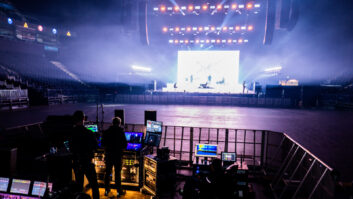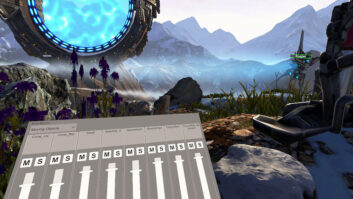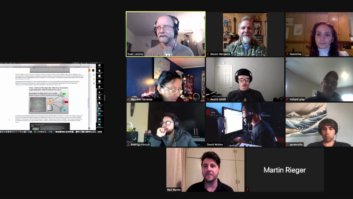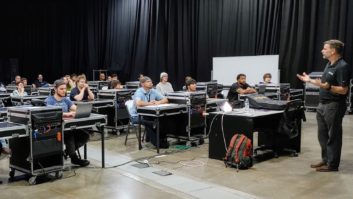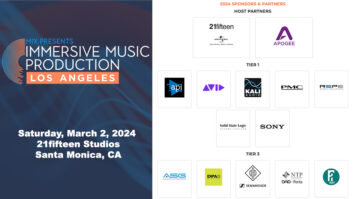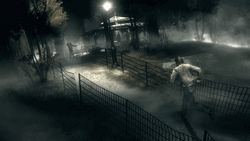
dSonic co-founder Kemal Amarasingham gives some insight into the directorial techniques he adopted during the voice-over sessions for the latest installment of Atari’s Alone In The Dark franchise. dSonic created the creature sounds effects for the game.
Atari’s Alone in the Dark developer Eden Games wanted the creatures in the game to sound like suffering, tortured souls rather than the usual moaning and groaning zombie fare, so dSonic co-founder/voice-over artist Kemel Amarasingham directed the actors to make guttural attack sounds tinged with rage and pain rather than high-pitched, aggressive, attack sounds. He offers this example of his direction: “I asked the actors to think of ‘that’ scene in a war movie where a soldier is shot but is suppressing his agony so he can keep on fighting. I wanted to hear the struggle of someone battling pain and suffering within themselves, as well as determination in their voices.”
“It was important to us that the player has a real feeling of the suffering of the creatures in the game; we didn’t want these to be just average monsters, but rather victims suffering a terrible fate with their human instincts in conflict with the forces that possess them,” adds David Nadal, game director at Eden Games. “The work that dSonic has done has played a key part in making this a reality.”
Making these guttural pain sounds kept the creatures from cutting through the audio mix too much when in large numbers, but was extremely hard on the actors’ voices. Multiple short recording sessions were scheduled to remedy this.
Amarasingham adds, “What made this project unique, voice-over wise, was that the creatures in the game had almost no actual dialog. The actors watched video of the characters in different poses and then vocalized the emotion behind each pose, in sync with the video.”
Check out some examples here.
